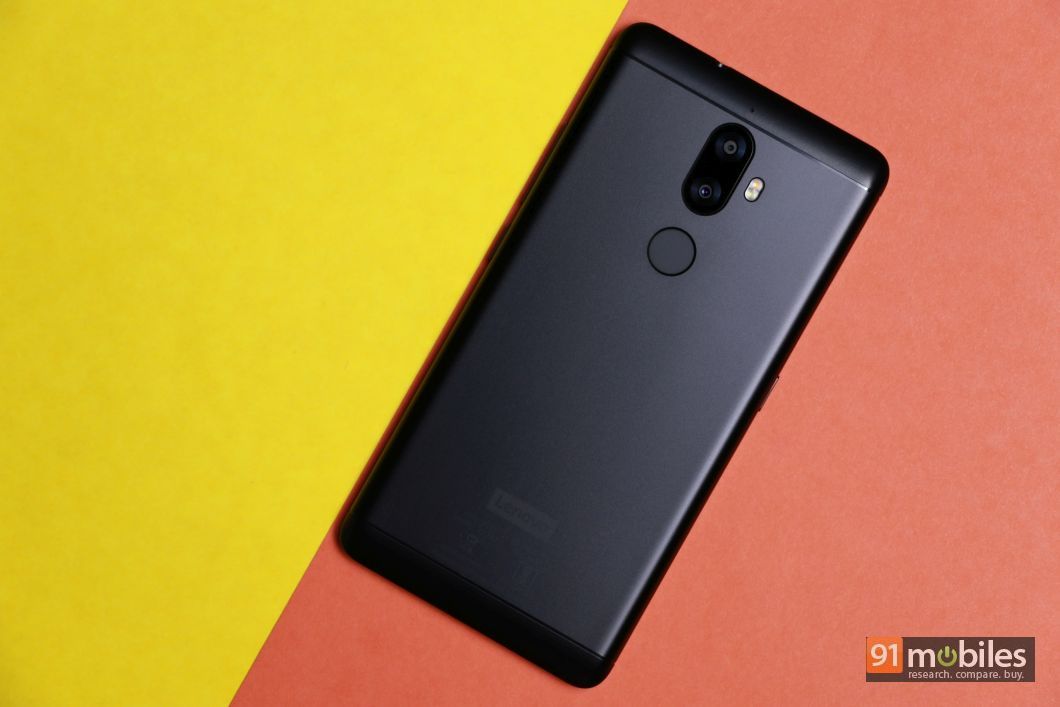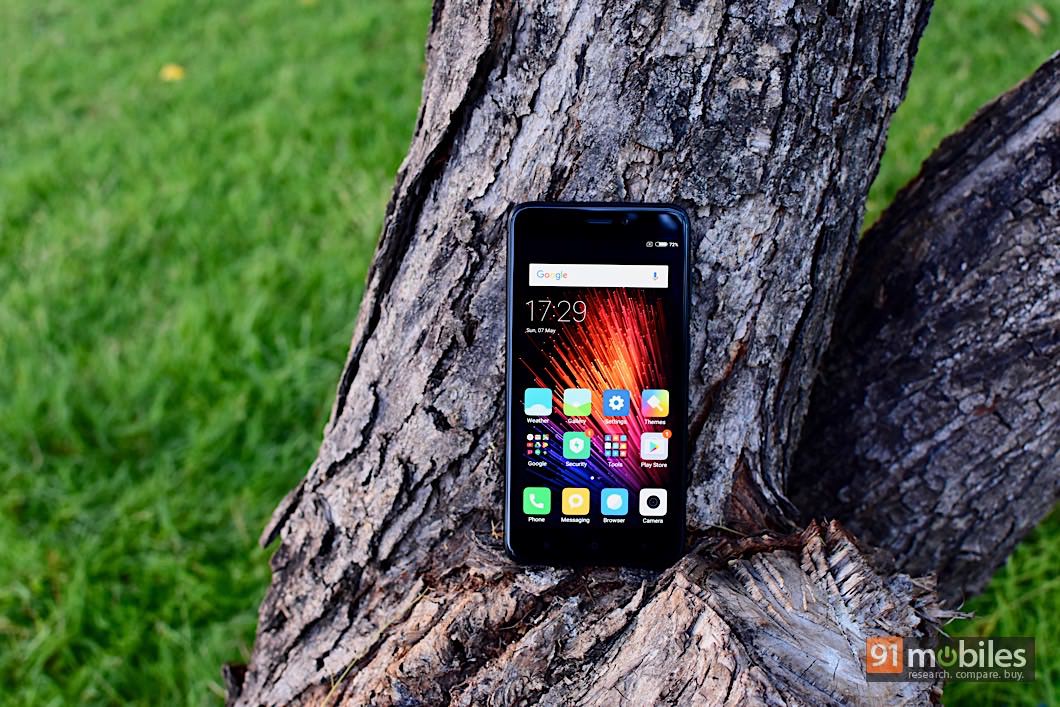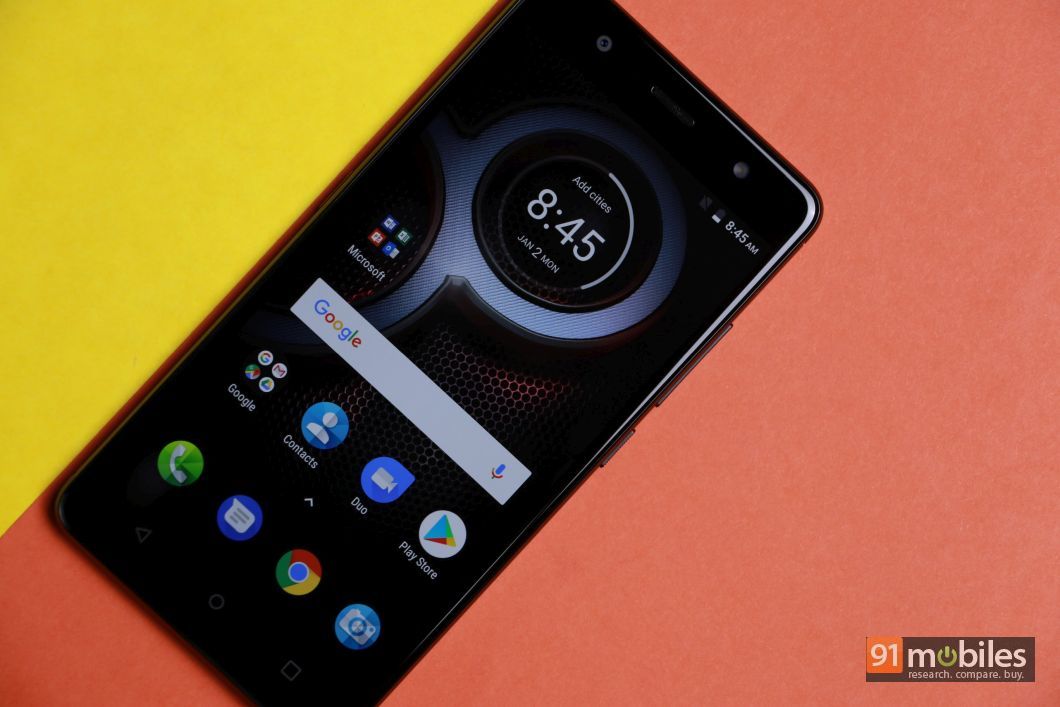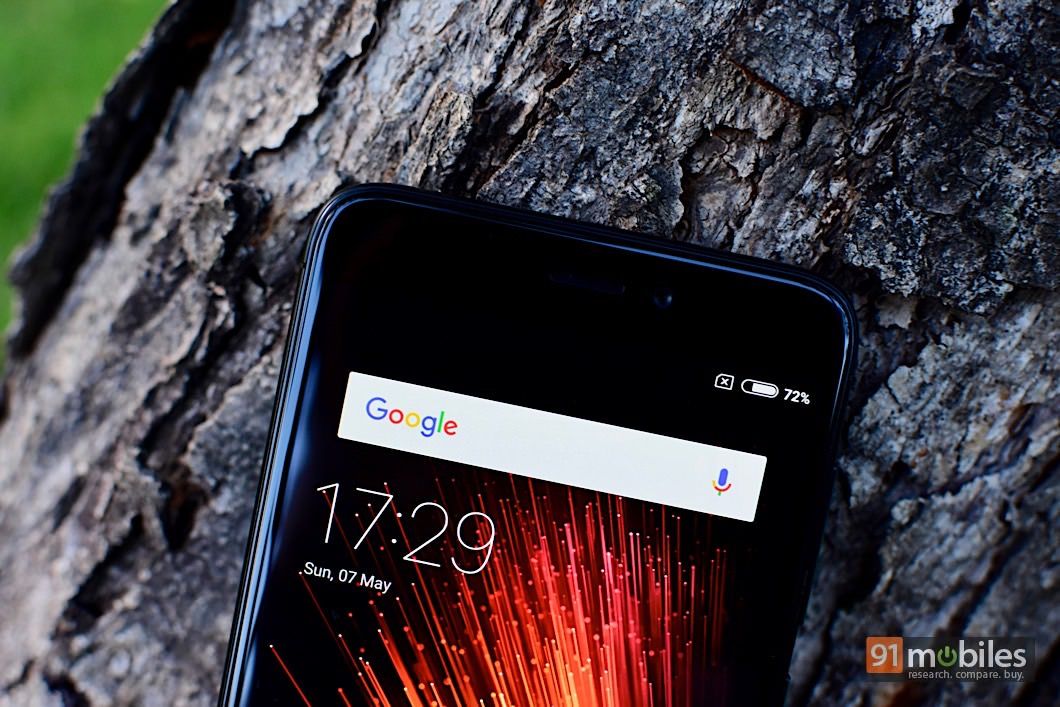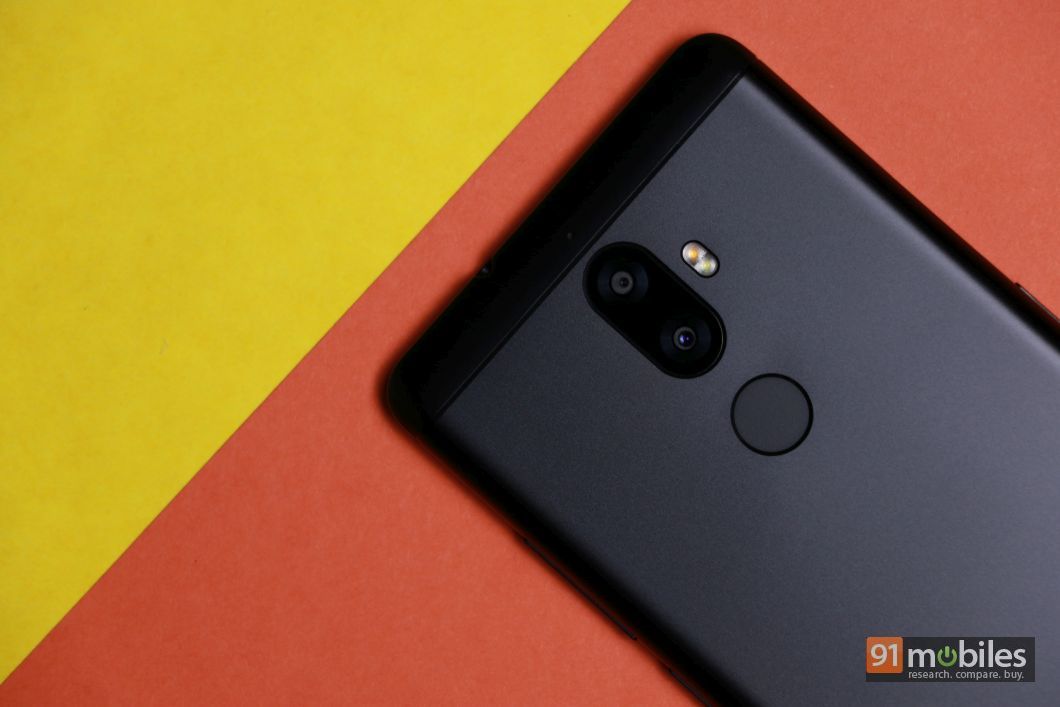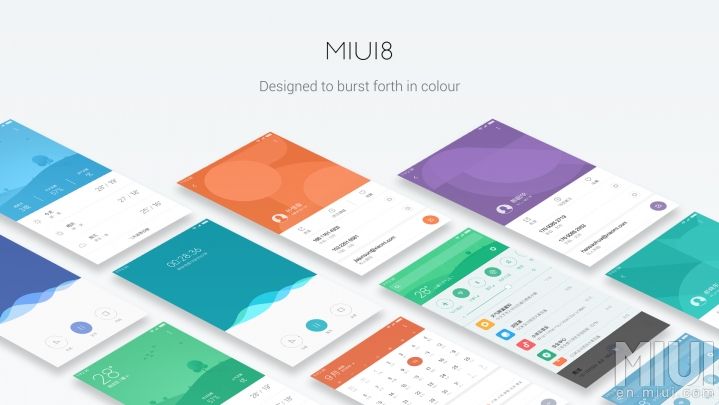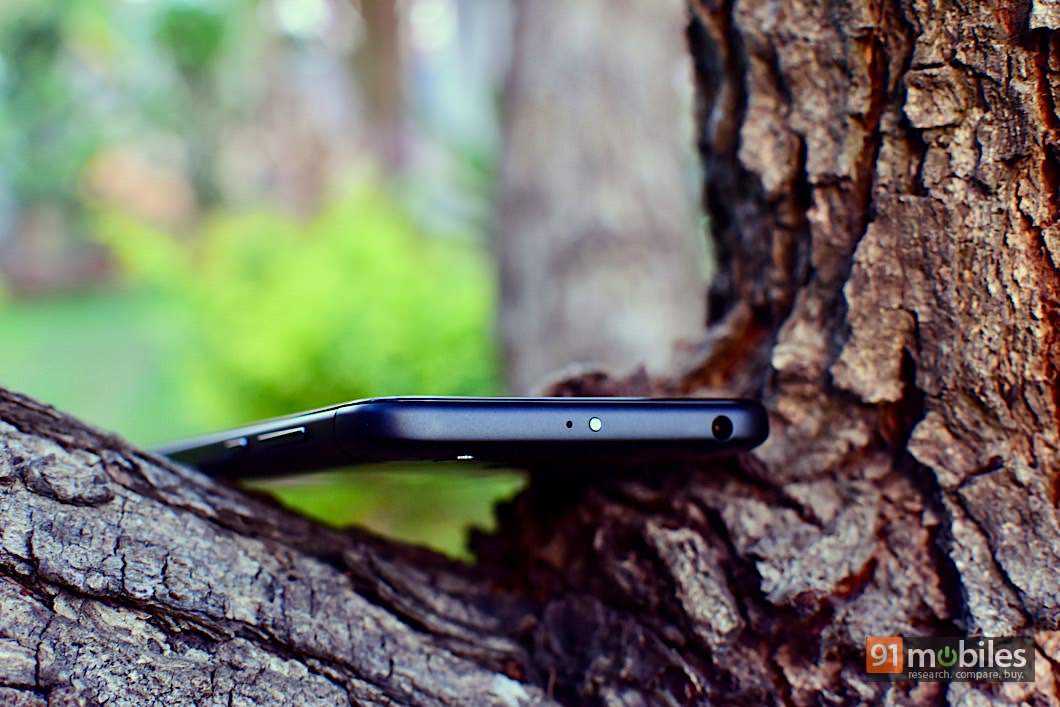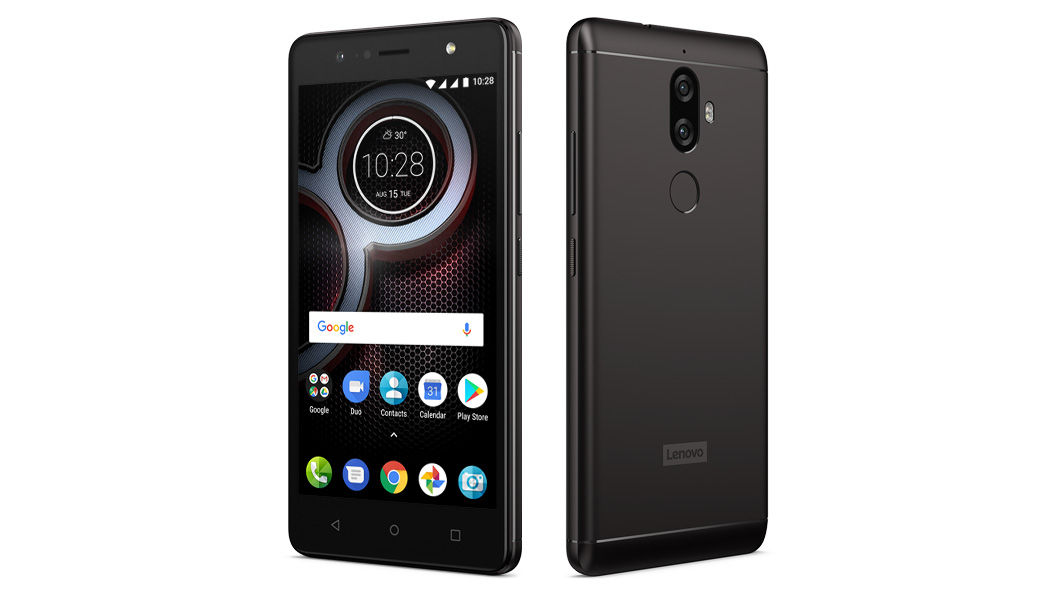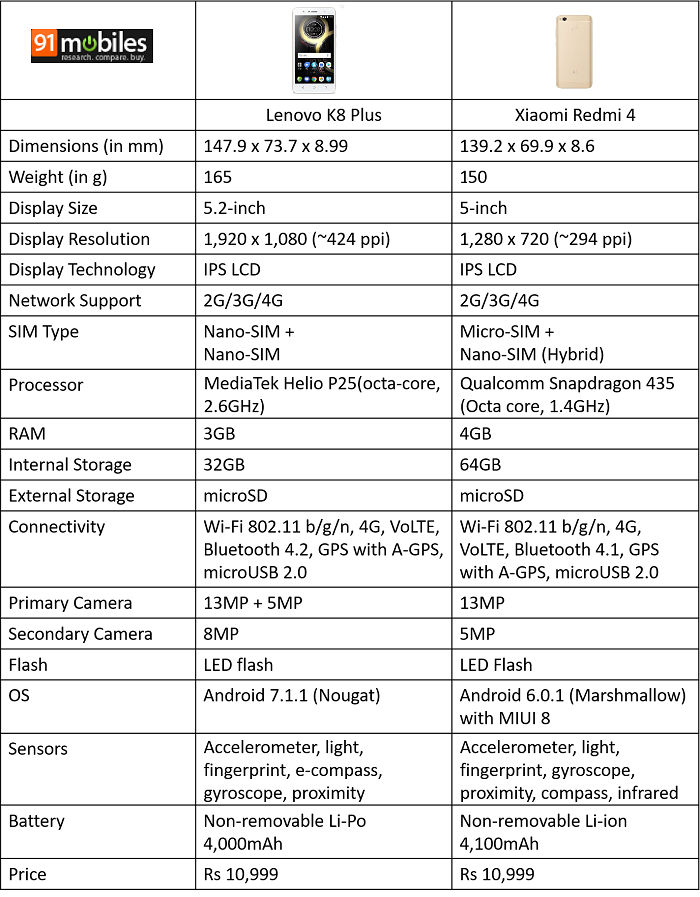
“The newly-launched Lenovo K8 Plus takes on Xiaomi’s budget king, the Redmi 4”
Soon after launching the K8 Note (review) smartphone in India, Lenovo has now announced two new K-series smartphones, the K8 and the K8 Plus (review) in the country. With these devices, the folks at Lenovo want to target consumers wishing to buy a smartphone around the Rs 10,000 mark. But as you might have guessed, this segment is largely dominated by handsets from its counterpart Xiaomi, namely the Redmi 4 (review) and the Redmi Note 4 (review). But has Lenovo done enough to stay in the game? Maybe even lead the game? To answer this, we’ve compared the newly-launched K8 Plus with the Redmi 4 from top to bottom. We’ve opted for the smaller Redmi device as it closely matches the size and price point of the former. Do note however, that for the sake of this comparison, we’d be considering the 4GB RAM variant of the Redmi 4.
Table of Contents
Design and display
We’ve reached the era where even budget smartphones are built with premium materials. As such, both the K8 Plus and the Redmi 4 feature metal unibody designs with rear fingerprint scanners. The similarities don’t end here, as both phones also make use of capacitive navigation keys. From a distance, the K8 Plus looks bolder, while the Redmi 4 looks sleeker with more profound curves around the edges. But that’s just one way of seeing it. The choice here is quite a subjective one.
In terms of displays, the Lenovo K8 Plus flaunts a compact 5.2-inch IPS LCD panel with a resolution of 1,920 x 1,080 pixels. For comparison, the Redmi 4 comes equipped with a smaller 5-inch display and a resolution of 1,280 x 720 pixels. This means that the display on the K8 Plus should be sharper and clearer than the one on the Redmi 4.
Performance and storage
There’s ample storage on offer as well, with 32GB of on-board storage on the K8 Plus and 64GB storage on the Redmi 4. Of course, both phones also support microSD cards, but the Redmi 4 uses a hybrid slot, meaning you would have to sacrifice the dual-SIM functionality if you wish to expand the storage. In comparison, the K8 Plus offers dedicated slots for the SIMs and the microSD card, meaning you can have the best of both worlds.
Camera and battery
A 13MP primary camera with an aperture of f/2.0 and features like phase detection autofocus, continuous shooting and HDR mode don’t sound too bad for a phone in this range, right? Well, those were the specifications of the rear camera on the Redmi 4. The K8 Plus also uses a 13MP primary camera, albeit with a secondary 5MP depth sensor to help in enhancing the depth of field effect as well as clicking better portrait shots. In fact, the K8 Plus extends its lead when we talk about the front cameras of the phones. Not only does it have an 8MP selfie camera as compared to the 5MP front snapper of the Redmi 4, but it also houses a front-facing flash which is missing in its counterpart.
The differences continue to the battery capacities, but this time it is the Redmi 4 which gets the upper hand, if only just. The Redmi 4 draws fuel from a 4,100mAh battery whereas the K8 Plus utilises a slightly smaller 4,000mAh battery. As expected both of these battery units are not user-replaceable.
Software and connectivity
With the Redmi 4, you get MIUI 8 and all its added features and customisations baked right into the Android Marshmallow base. These include a completely revamped UI and icons, features like QuickBall as well as others like wallpaper carousel. The Redmi 4 should receive the MIUI 9 and Android Nougat updates sometime in the future, but as to when that might happen can’t be said with certainty. But for those of you who prefer a cleaner, more stock-like UI, there’s good news. The Lenovo K8 Plus boots stock Android Nougat out of the box. No need to worry about all the bloatware cluttering your device for no reason, as you enjoy Android exactly how it was meant to be. MIUI is quite powerful, loaded with features and highly customisable out of the box, but for those who prefer the simplicity of stock Android, the K8 Plus looks like the obvious choice between the two.
In terms of connectivity, both smartphones come with dual-SIM support, 4G LTE, VoLTE, Wi-Fi, Bluetooth, and GPS.
Other features
Audiophiles would like the fact that the K8 Plus features a dedicated music button to control playback. But in case you want to use it for some other function, the button is completely programmable. Moreover, the smartphone also comes with Dolby Atmos and Theatremax sound technologies for a more immersive audio experience. On the other hand, while the Xiaomi Redmi 4 cannot boast of such audio features, it does come with an IR blaster, meaning you can use your phone as a universal remote.
Pricing and availability
Closing thoughts
Lenovo seems to have pulled the rabbit of the hat at the right time. Not only does the K8 Plus come with a sharper screen, but also with a dual camera setup, audio-specific features and stock Android. So, unless you’re a big fan of Xiaomi’s MIUI, or if you dearly want the extra gig of RAM or the Snapdragon SoC, you should surely take a look at the K8 Plus before making your final choice.

